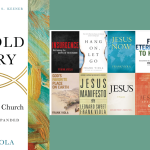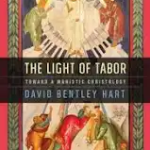John Dunnill (Body and Sacrifice, 128-9) argues that for Paul baptism is more than a “sign” of the new age: “For him, resurrection is the actual transformation of the mortal body of Jesus, the reversal of the deathward trend established by Adam: not merely the resuscitation of a dead body but a change in his mode of being human which begins with death and moves outward into life. Baptism, which he understands as a symbolic death, is the mode of... Read more















